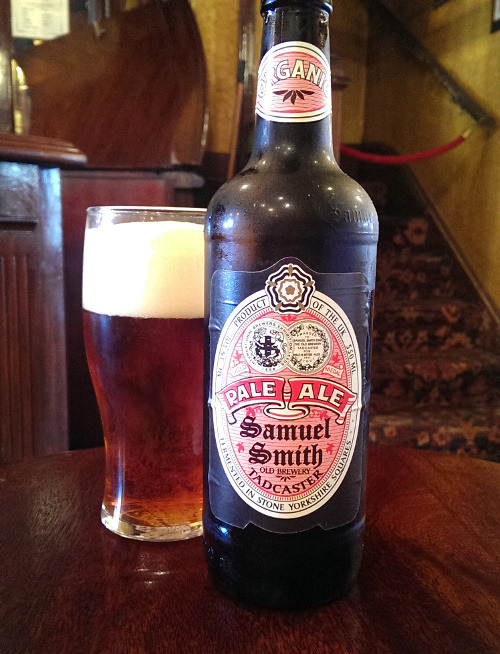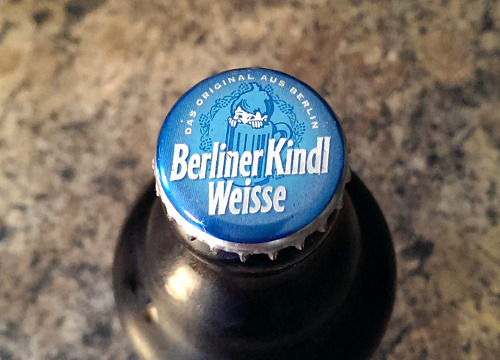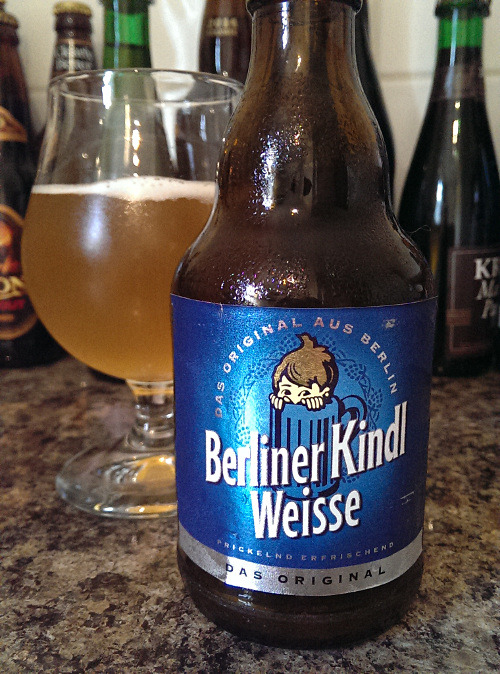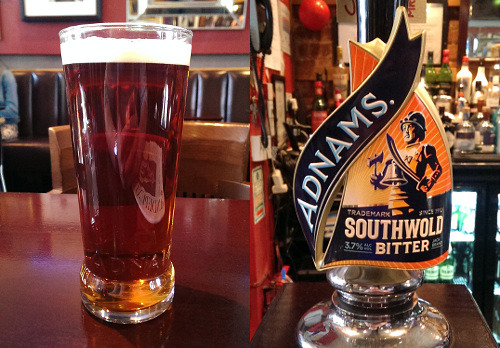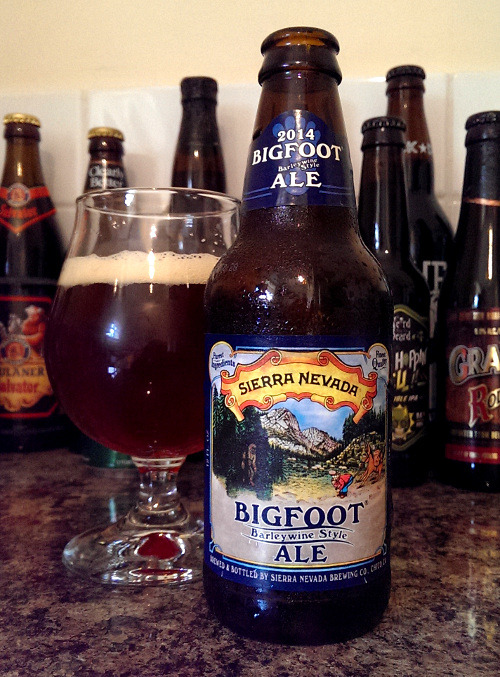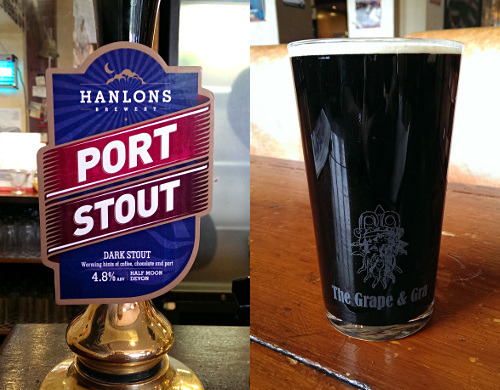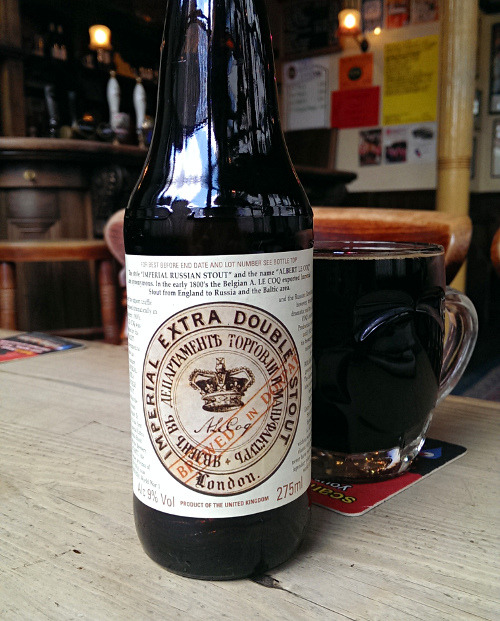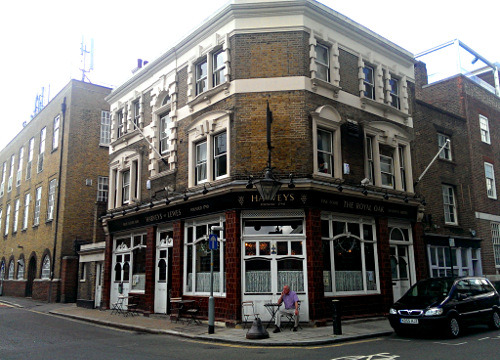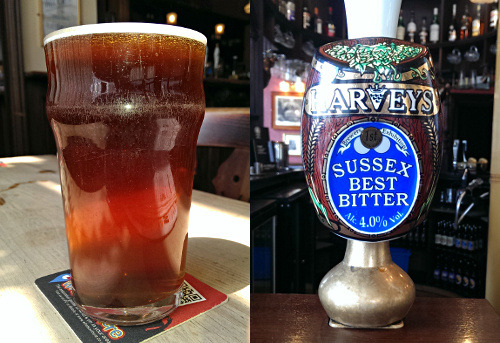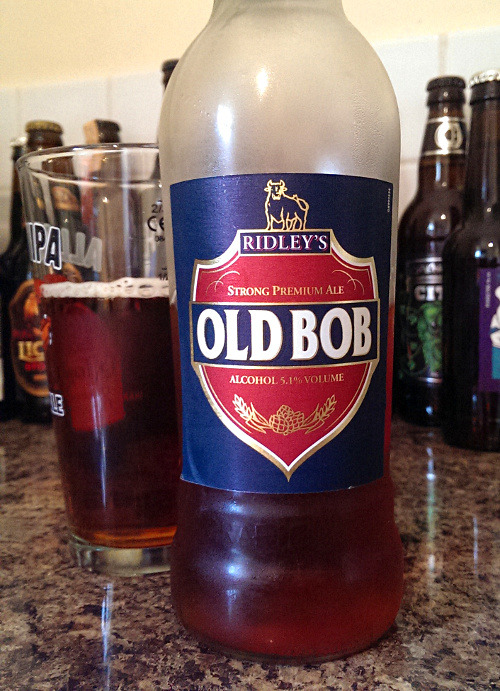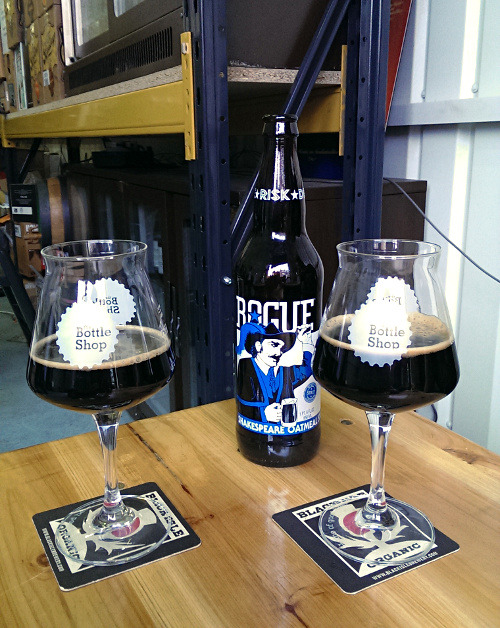This is the second Bière de Garde to be covered here, after that rather pleasant St. Sylvestre 3 Monts we enjoyed in Essex a couple of months ago.
As I’m sure I mentioned back then, Bières de Garde are basically synonymous with the Nord-Pas-de-Calais region of France. They were originally brewed on farms during winter and spring, and then kept—hence the name—somewhere cool, in order to keep the farm’s workers, and no doubt owners, well lubricated through the summer and autumn.
Castelain Ch’ti Blonde is a little more sessionable than the 3 Monts at a mere 6.4% ABV, and comes in a small enough bottle that I’ll probably manage it all myself this time. The name apparently is Picardy dialect for “c’est toi”, meaning “it suits you”. It certainly suits me to pull this one from the fridge and crack it open.
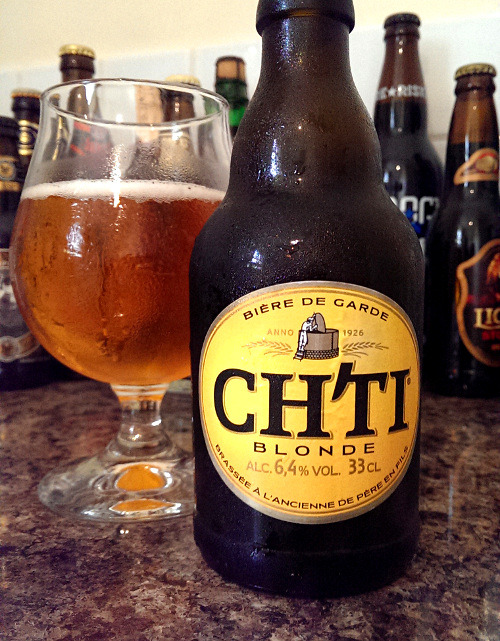
Poured from its 330ml bottle, Ch’ti Blonde is a lovely, glistening copper colour with a big, foaming white head that seems to fade quickly.
I’ve noticed that happen with many bottled beers, and recently read that it may be to do with pouring them in the kitchen where the air is likely to contain microscopic oil particles from cooking. It’s an interesting theory, and one I’d be fascinated to hear people’s views on.
There isn’t a huge aroma beyond a malty Rich Tea biscuit sweetness and some general lagery notes. The initial taste is faintly sweet too, but it’s balanced out by a full malty body and a big, long dry finish. There’s a slight golden syrup note that’s a little reminiscent of a Belgian Ambrée such as Bush, or perhaps a lighter version of the famous Pauwel Kwak.
As with the 3 Monts, this isn’t a beer that shouts, but it’s hopelessly easy to drink, and this one went down quickly enough that I had a job on my hands just getting a respectable number of tasting notes written down.
Bières de Garde do seem to pair particularly well with food, and Ch’ti Blonde again is robust enough to stand up to strong spices, while being subtle enough not to upstage lighter flavours. I didn’t have this one with food, of course. I had it while sat at a laptop typing a blog post about how well it would go with food, but I think my point stands.
Good stuff, all in all, and particularly welcome straight from the fridge after a long, sweltering week at work in London.
Facts and Figures
| Brewery: | Brasserie Castelain, Benifontaine, France |
| Style: | Bières de Garde |
| Strength: | 6.4% ABV |
| Found at: | Beers of Europe |
| Serving: | 330ml bottle |

